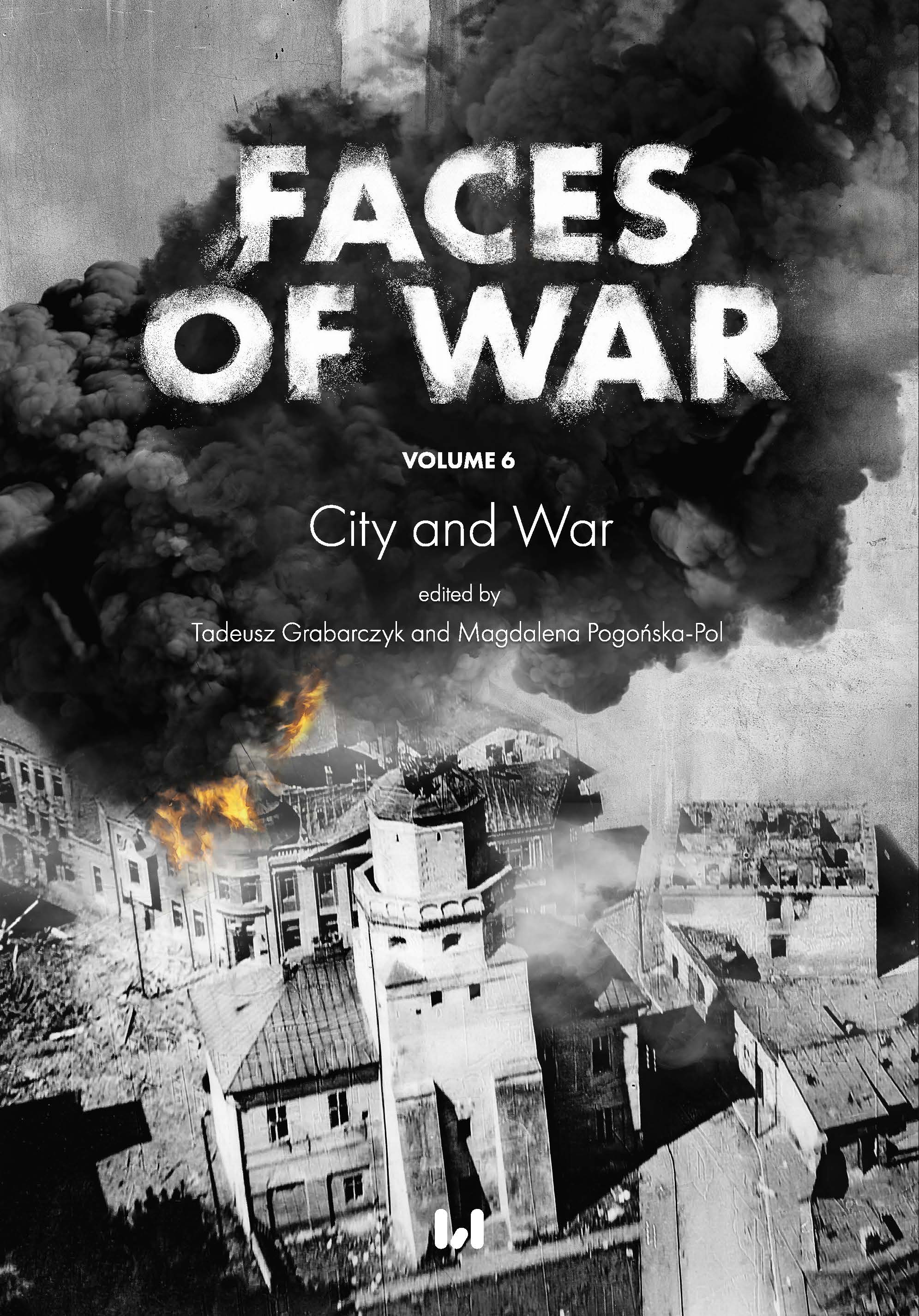Cities and Warfare in the Angevin Era (1301–1387) in Hungary
Cities and Warfare in the Angevin Era (1301–1387) in Hungary
Author(s): Ferenc Sebők
Subject(s): History
Published by: Wydawnictwo Uniwersytetu Łódzkiego
Keywords: Angevin kings; cities; warfare; chivalry; charters
Summary/Abstract: The period between 1301–1387 is known in Hungarian history as the age of the Angevin dynasty. The first part of this era can characterised by internal wars between royal power and feudal lords as a result of which King Charles I managed to stabilise his power, in which cities played an important role. From 1324 onwards internal peace enabled the king to focus on his foreign policy. Charles himself, too, but his son, Louis I led several campaigns abroad, some of which were important from the viewpoint of European power politics, especially the ones he led in the Kingdom of Naples. These wars displayed the differences, which can be observed between contemporary western European warfare and that of a central European army, the most important of them being the predominance of light cavalry and an almost total lack of infantry. Cities in Hungary and Dalmatia were crucial for providing the army with weapons and war materiel as well as serving as pools for recruiting soldiers.
Book: Faces of War, vol. 6, City and War
- Page Range: 9-18
- Page Count: 10
- Publication Year: 2022
- Language: English
- Content File-PDF

